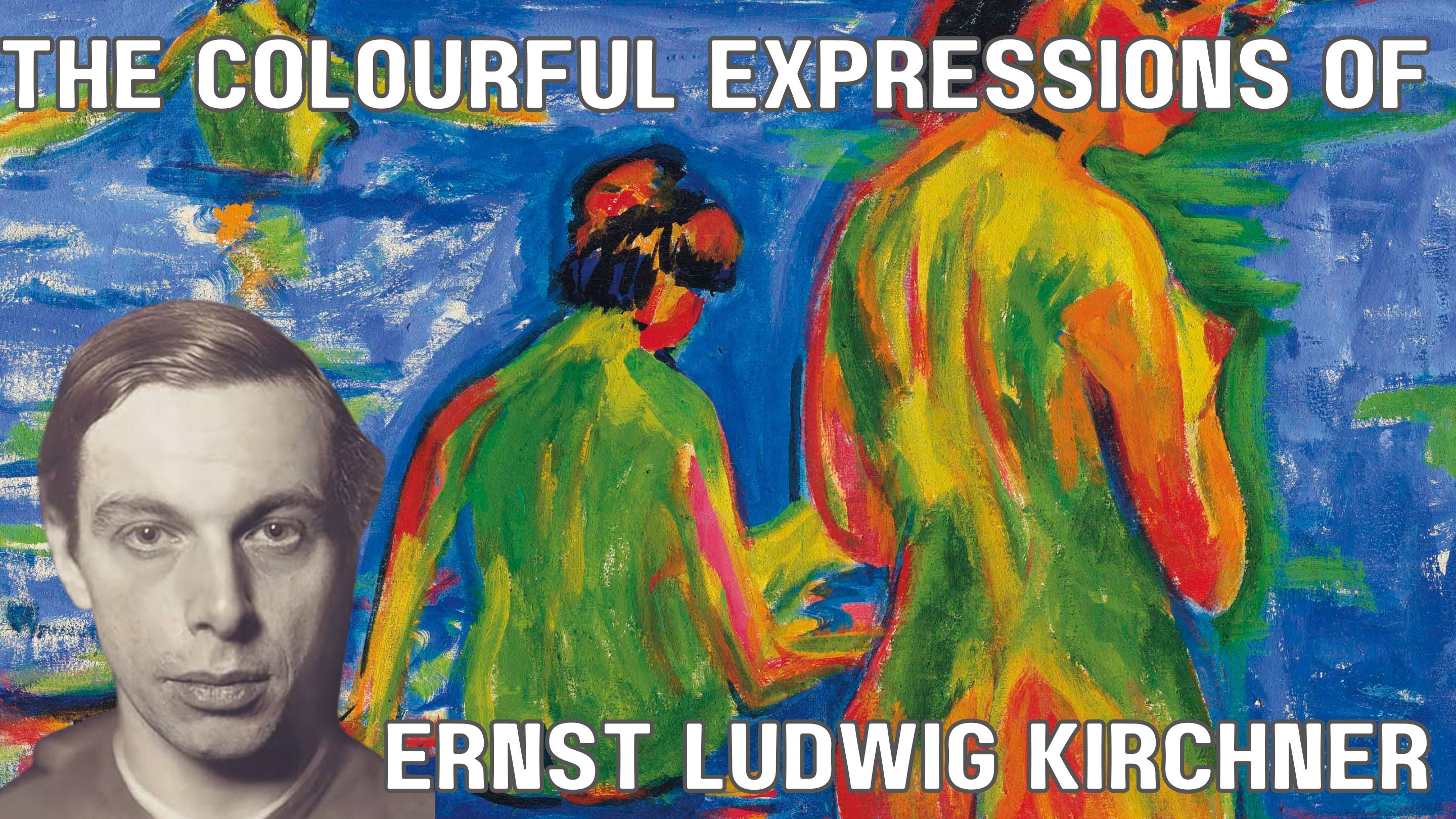Table of Contents:[hide]
Ernst Ludwig Kirchner, a pioneering German expressionist painter and printmaker, left an indelible mark on 20th-century art through his involvement in the influential artists' group Die Brücke ("The Bridge"). In this blog post, we will delve into the life, art, and tumultuous times that shaped Kirchner's profound contribution to the world of Expressionism.
Early life and education
Ernst Ludwig Kirchner's artistic journey began in Aschaffenburg, Bavaria, where he was born on May 6, 1880. Raised in a family with Prussian roots, Kirchner's early life was marked by frequent relocations, contributing to a diverse upbringing. His formal education led him to study architecture at the Königliche Technische Hochschule in Dresden, a period that laid the foundation for his future artistic endeavors.
Student in Munich, Dresden
While studying in Dresden, Kirchner formed a crucial friendship with Fritz Bleyl, a bond that sparked discussions on art, nature, and a shared radical outlook. Kirchner's artistic odyssey took him to Munich and back to Dresden, where he completed his architectural degree in 1905.
Die Brücke, 1905-1913
The pivotal moment in Kirchner's career came in 1905 when he, along with fellow students Karl Schmidt-Rottluff, Erich Heckel, and Fritz Bleyl, founded Die Brücke. This avant-garde artists' group aimed to break free from traditional academic styles, forming a bridge between the past and the present. Their bold approach, influenced by both historical and contemporary art, rejuvenated woodcut prints and played a pivotal role in the development of Expressionism.
Military service and mental breakdown, 1914-1916
As World War I erupted, Kirchner volunteered for military service but soon faced a mental breakdown, leading to his discharge. Despite the challenges, this period spurred prolific artistic output, including the poignant "Self-Portrait as a Soldier" (1915). Kirchner's struggles with alcoholism and addiction unfolded, culminating in periods of seclusion and admissions to sanatoriums.
Davos, 1917-1938
In 1917, Kirchner's life took a turn when he moved to Davos, Switzerland, seeking solace and inspiration. Amidst health challenges and personal turbulence, Kirchner found a renewed artistic spirit. The Alpine landscapes became a recurring theme in his works, showcasing his resilience and evolving style.
Death
The turbulent political landscape of 1930s Germany cast a dark shadow on Kirchner's life. Faced with mounting distress and the rise of the Nazi regime, Kirchner took his own life on June 15, 1938, in front of his home in Frauenkirch. His death marked the end of a turbulent era for the artist, leaving behind a legacy that continues to shape the art world.
Legacy
Kirchner's legacy extends beyond his paintings; it reverberates through the turbulence of history. The Nazis labeled his work as "degenerate," leading to the destruction of over 600 pieces in 1937. Despite adversity, Kirchner's influence endured, with major retrospectives and exhibitions showcasing the breadth of his talent, including a record-setting sale at Christie's in 2006.
From Die Brücke to the Alpine landscapes of Davos, Ernst Ludwig Kirchner's artistic journey reflects the triumphs and tribulations of a visionary expressionist. His impact on modern art transcends time, a testament to the enduring power of creativity.
Prints and Canvas Panels
Fine art prints and ready to hang canvas panels are available in a wide range of sizes with fast worldwide delivery.




